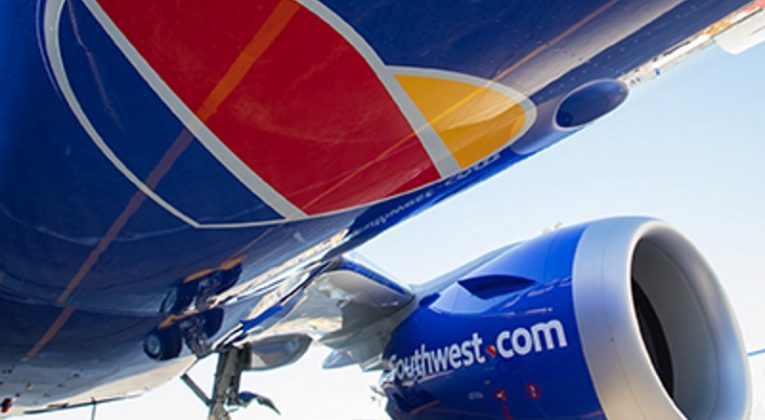Are you a fan of Southwest? Maybe you should be, even if you never fly the airline.
In 1993, the Department of Transportation published a study of the impact Southwest Airlines had when launching service in a new market. In the three California markets reviewed, the DOT found that after Southwest started service, average airfares dropped by 50 percent and traffic more than tripled.
The DOT dubbed that combination of lower prices and higher demand the Southwest Effect.
A lot has changed in the quarter century since that DOT report. The airline industry has consolidated, through bankruptcies and mergers and acquisitions. And Southwest no longer enjoys the cost advantages that once allowed it to turn a profit on cheap tickets. Which raises the question: Does the Southwest Effect still exist?
Related:
According to a new study, “Public Benefits and Private Success: the Southwest Effect Revisited,” published by the business school at the University of Virginia, the Southwest Effect remains very much alive and well.
In an analysis of 109 new markets entered by Southwest between 2012 and 2015, the study found the following:
- In 74 markets, fares dropped an average of at least 10%
- In 56 markets, fares dropped an average of at least 15%
- In 12 markets, fares increased
- Demand increased by an average of 28%
To be sure, the fare decreases and demand increases aren’t of the same magnitude as those reported in the 1993 DOT study. But they are nevertheless measurable and significant. The new study estimates that Southwest accounts for $9.1 billion in annual airfare savings on domestic flights.
Southwest is a divisive airline, loved by many for its cheap fares and unpretentious ways, loathed by others for its bare-bones service and lack of elite perks. Whichever side you’re on, though, and even if you never fly Southwest, the airline’s very presence has probably saved you money.
Call it the Southwest Effect.
After 20 years working in the travel industry, and almost that long writing about it, Tim Winship knows a thing or two about travel. Follow him on Twitter @twinship.
This article first appeared on SmarterTravel.com, where Tim is Editor-at-Large.



